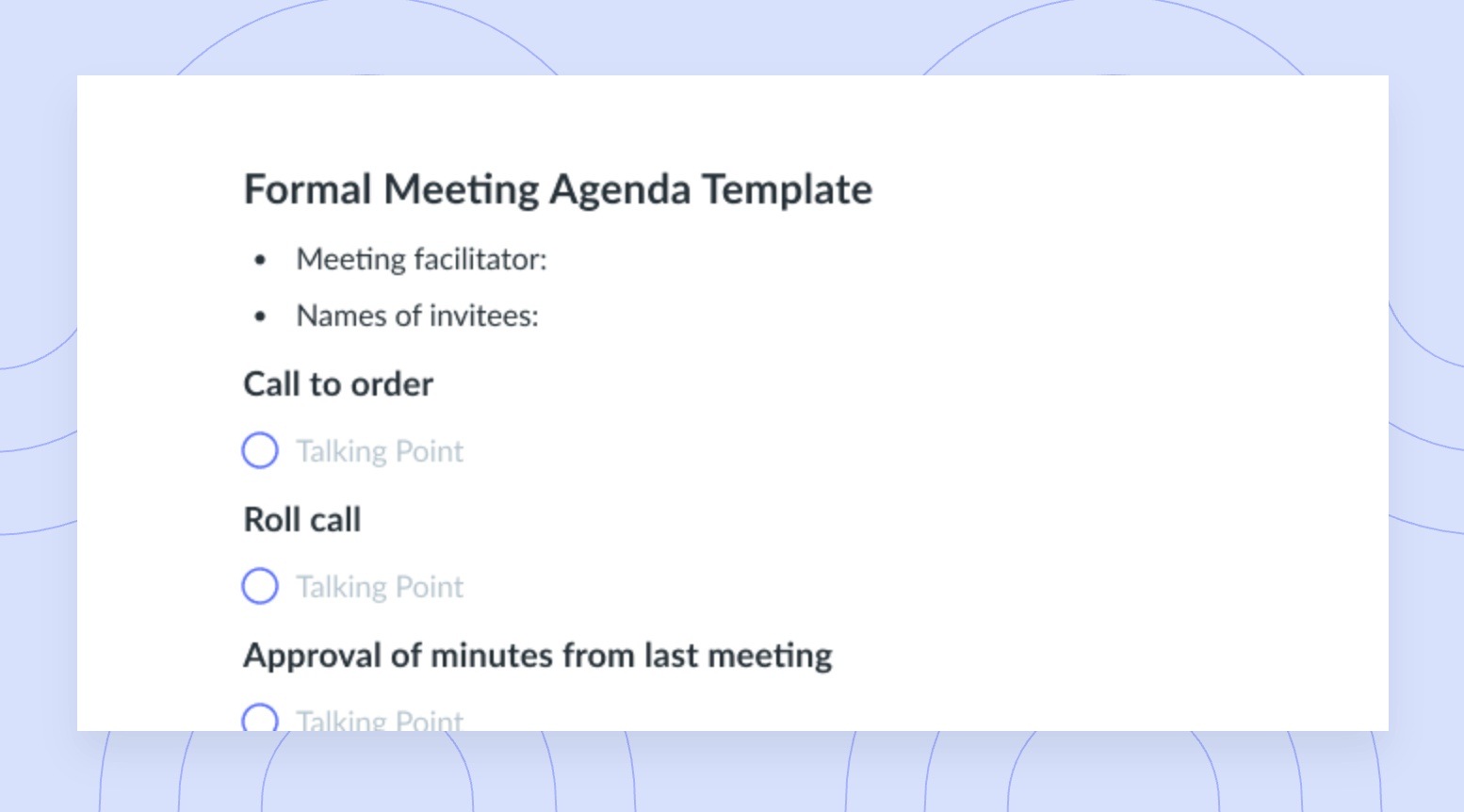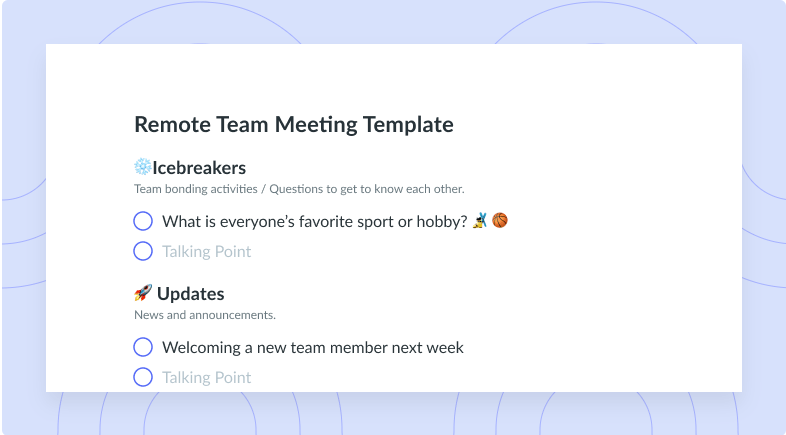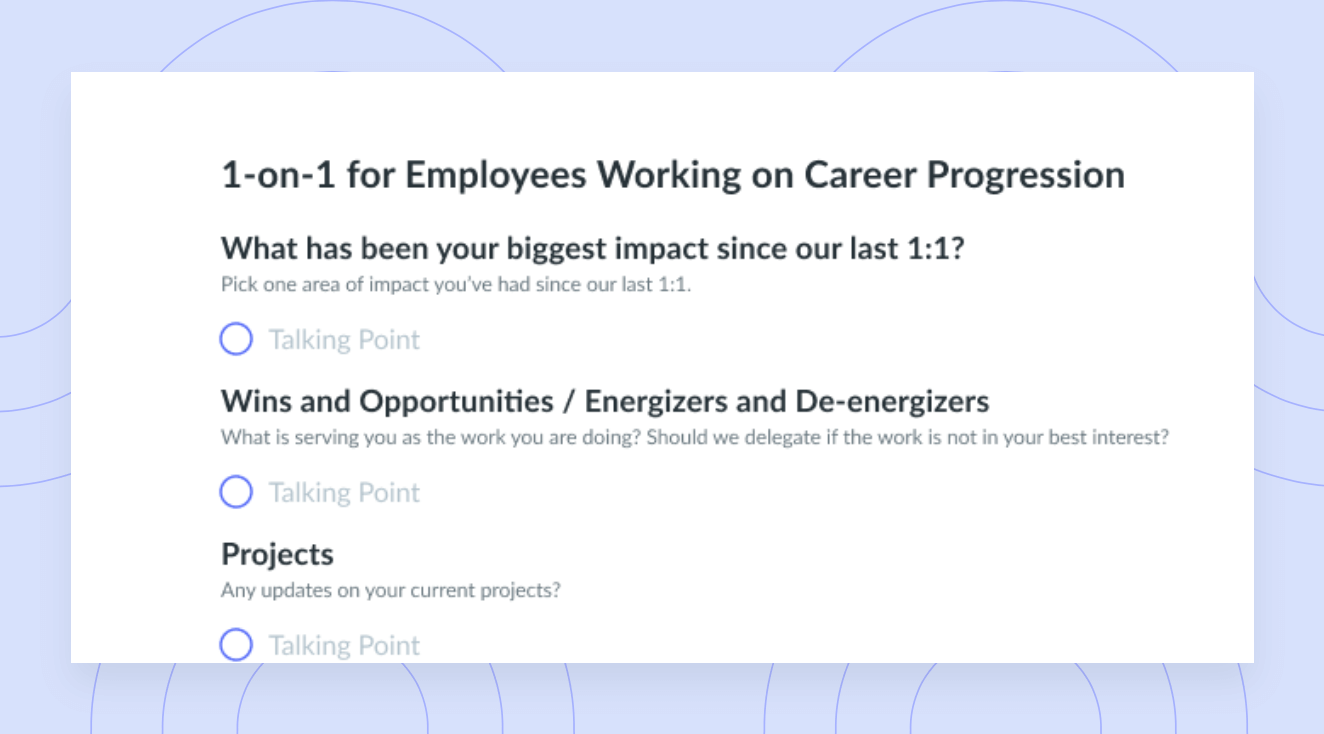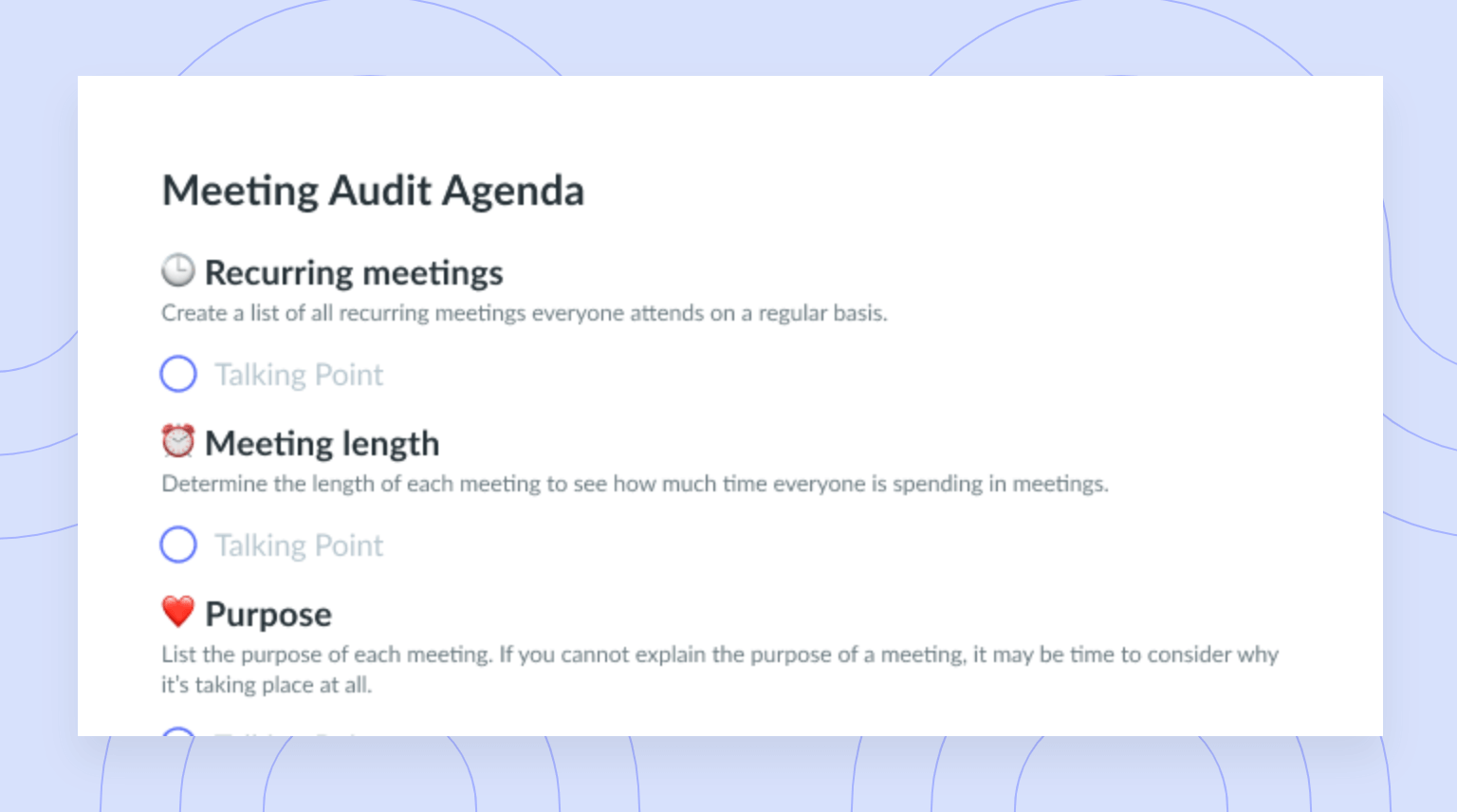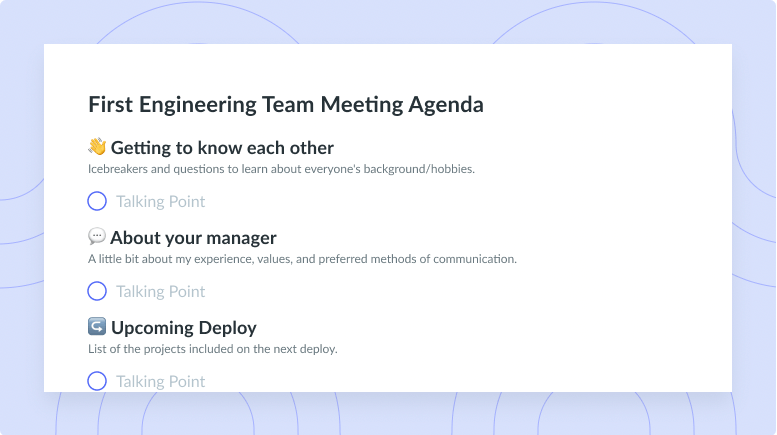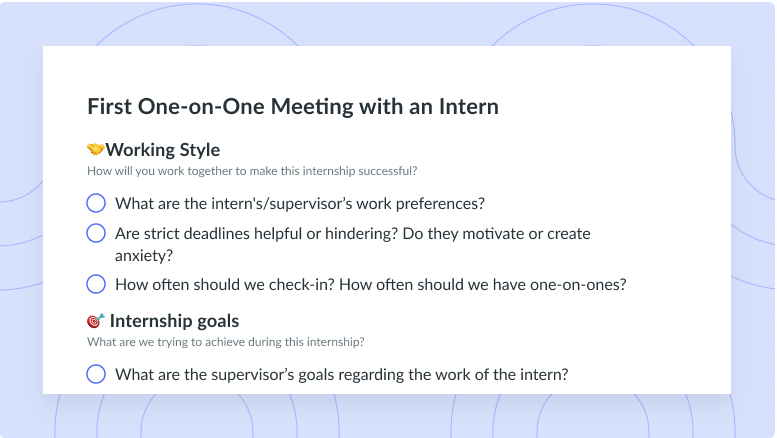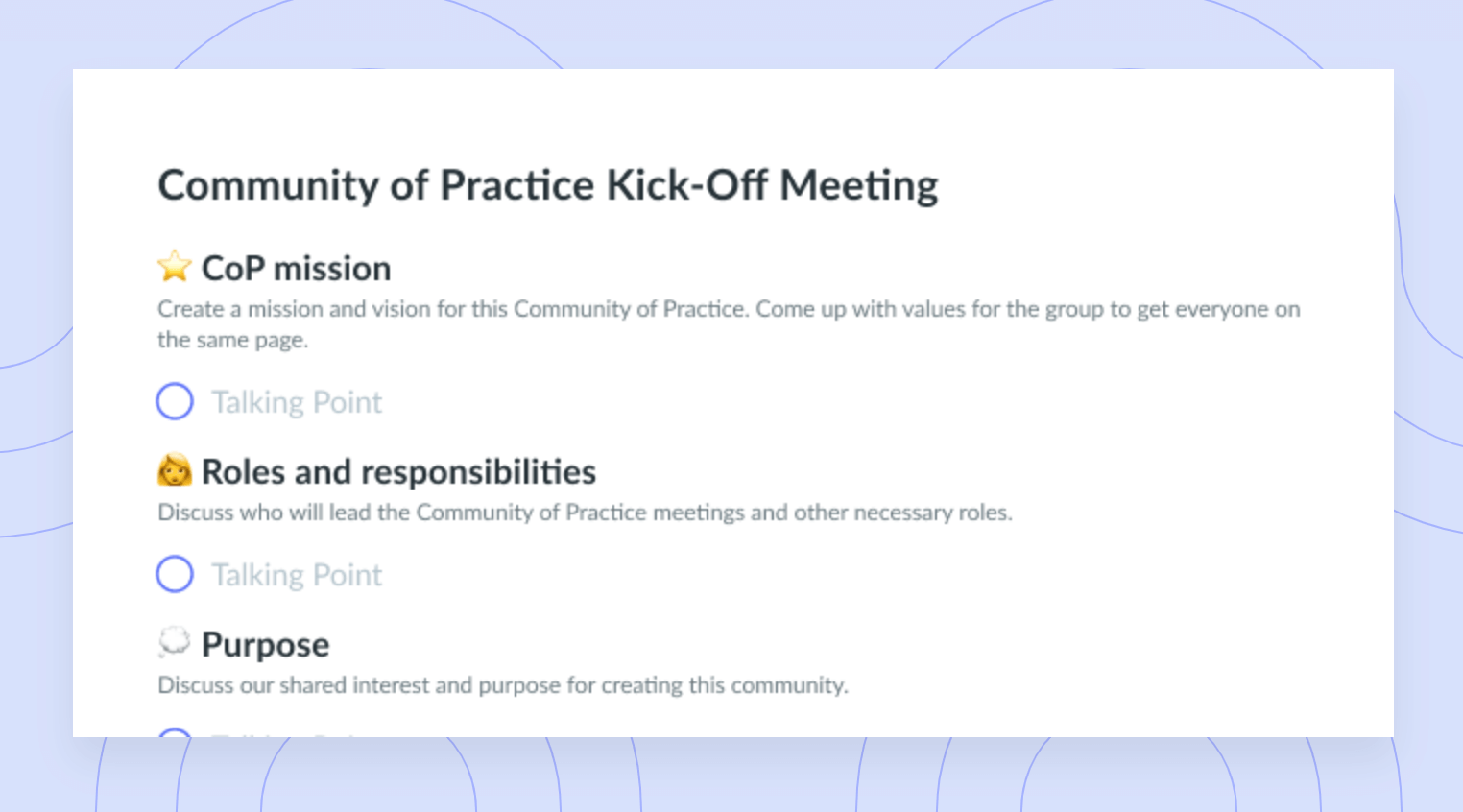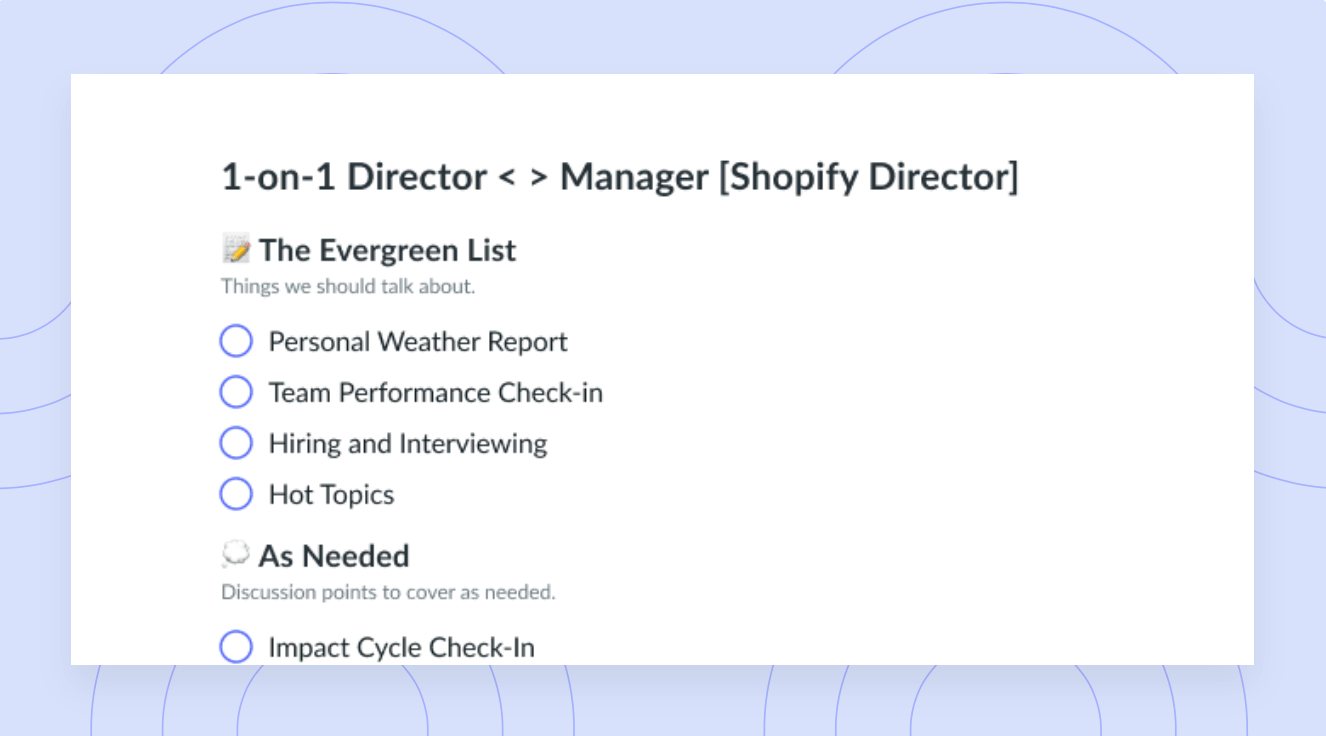10 Tips for Managing Freelancers [+ Free Templates]
Managing freelancers can be a challenge if it’s not something you’re used to. Learn everything you need to know about freelancer management.
If you aren’t used to having freelancers on your team, it can take some time to get used to managing this type of labor. Freelancers are brought into companies for many different reasons, including to help out with time-sensitive projects, for additional coverage, or for a specific skill set. This type of professional brings expertise that can be extremely helpful to complete various deliverables. Since freelancers aren’t full-time employees and essentially run their own businesses, the way that you interact with them will be different from how you interact with your other team members. For that reason, this article covers everything you need to know about how to manage freelancers and how to get the most of their contributions.
- What are freelancers?
- The benefits of freelancers
- 10 ways to manage freelancers
- Free freelance meeting agenda templates
What are freelancers?
Freelancers are not regular full-time employees. Their work is governed by specific contracts and the way in which deliverables are completed are far more autonomous and up to the individual, rather than the business. Freelance workers are outsourced and sought out to complete specific tasks based on their specific skills and experience. Freelancers are neither a part of regular payroll, nor eligible for vacation days, sick days, or benefits. For that reason, freelancers need to receive an attractive compensation and be treated with the utmost appreciation and respect. Often, freelancers enjoy the freedom of essentially being their own boss.

Level up your management skills
Make it easier to manage freelancers by collaborating on talking points, exchanging feedback, and having engaging conversations during meetings by using Fellow.

The benefits of freelancers
Several benefits exist for hiring freelancers. First, freelancers are generally less expensive because they’re paid on an hourly basis or an established fee that is agreed upon in advance. Other overhead costs that are typical for full-time employees do not exist for freelancers, and this can certainly be beneficial for your management budget. Freelancers often offer a specific skill or talent as you need it, without you needing to make as big of a commitment as you would with a full-time employee. Training and onboarding is completely streamlined, saving you time and money and making the project move along more productively. Because freelancers are often remote, you tend to save on things like office space, internet, and any typical office supplies. Freelancers also offer great flexibility in that they don’t necessarily work during your hours of work. This can be beneficial if you’re trying to engage the organization on a global level as you work with someone in a different time zone or country.
10 ways to manage freelancers
- Create rapport
- Use a project management tool
- Define a budget
- Use effective communication
- Host regular one-on-ones
- Set clear expectations
- Provide regular feedback
- Avoid micromanagement
- Include them in team bonding activities
- Show recognition for good work
1Create rapport
It’s really important to build a rapport with your freelance workforce. A little can go a long way, and at the end of the day, we’re all human. Everyone deserves some time, attention, and recognition, whether they’re full-time employees or contractors. When you do take the time to build this rapport with freelance workers, you simultaneously build trust and respect for one another. Creating rapport will improve communication and make collaboration easier. Ultimately, this rapport will make your team more innovative, creative, and open to evolving.
2Use a project management tool
Using a project management tool will simplify communication, project updates, action items and any issues that need to be overcome. With Fellow, you can level up your meetings and your productivity habits. You’ll not only be able to run more effective meetings, but you’ll also foster accountability with the action items tool, organize your ideas with the streams tool, encourage continuous improvement through the feedback tool, and support freelancers through the guest users option for meetings and brainstorming sessions. You can also integrate your workflow with the integrations function, where you can connect Fellow to the tools you love to make your meeting, management, and productivity workflows even better.
3Define a budget
A clear budget needs to be defined well before you bring a freelancer into your team. It’s extremely important that both the project expectations and the budget are set and agreed on and that a formal contract is signed by both the manager and the freelancer. Ensure that the contractor is happy with the budget you’ve set to show the freelancer that you value their expertise and to motivate them to work in a way that is aligned with their best abilities. If any additional work is conducted during the contract, be sure to pay separately for it. Everyone needs to be in agreement and feel that they are being respected and valued. In general, contractors are paid more than other employees at their level because they aren’t entitled to the various benefits or security of being a full-time employee.
4Use effective communication
Choose the most effective communication channel to stay in touch with your freelance workforce. Your expectations for communication need to be defined before the freelancer begins the work so everyone is aligned with regards to how to best work together. This way, you can troubleshoot any issues before they begin. It may be a good idea to communicate with your freelancers through the same channel you use to interact with your full-time employees so everything is in one place and you eliminate the risk of missing any messages. It may also be a good idea to have a weekly check-in with your freelancers, even if it is via a message, to ensure that everything is running smoothly.
5Host regular one-on-ones
If you want to ensure that freelancers are effective for your team, host regular one-on-one meetings with them. You can adjust the frequency of your one-one-one meetings based on the nature of the work and the freelancer’s level of experience with such projects, but meeting one-on-one with your freelancers every so often will ensure that you’re on track to reach your goals while also demonstrating that you care about how they’re doing and are there to support them. These on-on-one meetings can include getting to know them to build rapport and trust, giving them feedback and coaching for improvements, and asking them for their feedback on your management.
6Set clear expectations
Set and define clear expectations and project details. Because a freelancer doesn’t know your company’s inner workings or the way in which you may like things done, it’s important that you outline exactly what you want and how you would like it completed. Otherwise, you’re giving your freelancers the green light to freestyle the way the work is done (which is totally fine and effective in some situations, but not all). It’s effective to set up requirements for each phase of your project, including skills and knowledge, tools and software required, availability, task compensation, delivery, and arriving at a final approval. Job descriptions are therefore crucial for setting initial expectations with your freelancers.
7Provide regular feedback
While you don’t need to do a formal performance review with freelancers, it’s important that you provide regular feedback. Reciprocal feedback from both you and your freelancers will improve their performance and deepen your relationship with them. In a recent article from the Harvard Business Review, Steve King builds on this idea of regular feedback, explaining:
“Regularly revisit the statement of work or contract and be clear about whether they’re hitting their targets,” he advises. “If they’re doing a good job for you, thank them, especially in front of others.” And, if they’re underperforming, don’t beat around the bush. “It’s easy to say shape up or ship out partly because you can boot them at any time and you don’t have to feel as badly about it.”
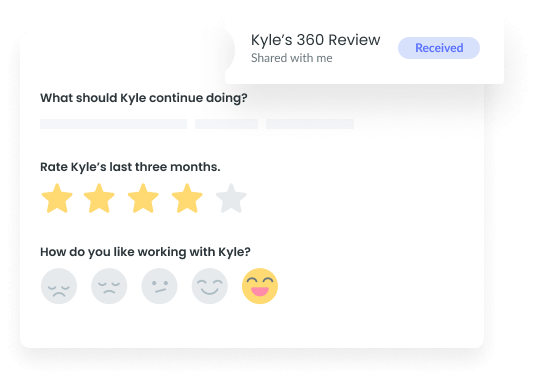
8Avoid micromanagement
Don’t micromanage your freelancers. Most freelancers choose to work on a contract basis for a reason: they want and like autonomy. For any freelancer to be successful, they have to be self-motivated and have the ability to perform at a high level without any supervision. This is why it’s important that when you manage freelancers, you’re flexible with their time, schedules, and other commitments. It would be highly unlikely for you to be their only client, so they need time and space to be productive and meet the demands of their various professional obligations. If you feel as if you need to micromanage or look over your freelancer’s shoulder often, it’s likely more effective to hire a new one.
9Include them in team bonding activities
While freelancers aren’t regular employees, you should at least invite them to participate in team bonding activities. Whether they choose to opt in or out is up to them, but it’s nice for them to have the option. People tend to perform better when they feel like they’re a part of a team and feel some degree of camaraderie. This begins with effective communication lines so people feel comfortable interacting with one another. In this way, collaboration occurs more naturally and projects are completed even more effectively. You want to ensure that your freelancers still feel like they’re a part of the team and that they belong.
10Show recognition for good work
Recognition is essential for both your freelancers and for your full-time employees. A work environment full of workforce recognition is great for your company culture and for productivity. When you celebrate all the big and small wins, you’re more likely to keep employees engaged and motivated, and this creates a great domino effect: recognition means more productive employees, more productive employees mean better work. Everyone appreciates being respected and thanked, perhaps even more than gifts or tangible things. Treat freelance workers as an extension of your in-house employees and engage them to help your company succeed.
Free freelance meeting agenda templates
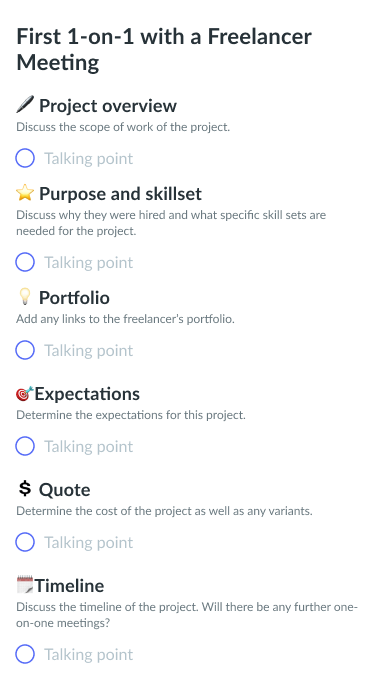


Parting advice
Understanding how to manage freelancers can be somewhat of a challenge if you’re not used to it. That said, when you incorporate particular habits and processes in your management style, you’ll be able to optimize freelancer efficiency for the organization and complete projects with great success. Engaging freelance workers is a great way to make use of their specific skills and qualifications to elevate particular tasks that need to be done within the organization. Be sure to refer back to this guide on how to manage freelancers before you bring a new contractor into your team to align with the most effective way to manage them!

![Productive Tactical Meetings: 8 Tips [+ Free Templates]](https://fellow.app/wp-content/uploads/2022/08/Tactical-Meeting.jpg)



![10 Tips to Effectively Manage an Executive’s Calendar [+ FREE Templates]](https://fellow.app/wp-content/uploads/2022/05/Effectively-Manage-an-Executives-Calendar-2.jpg)



